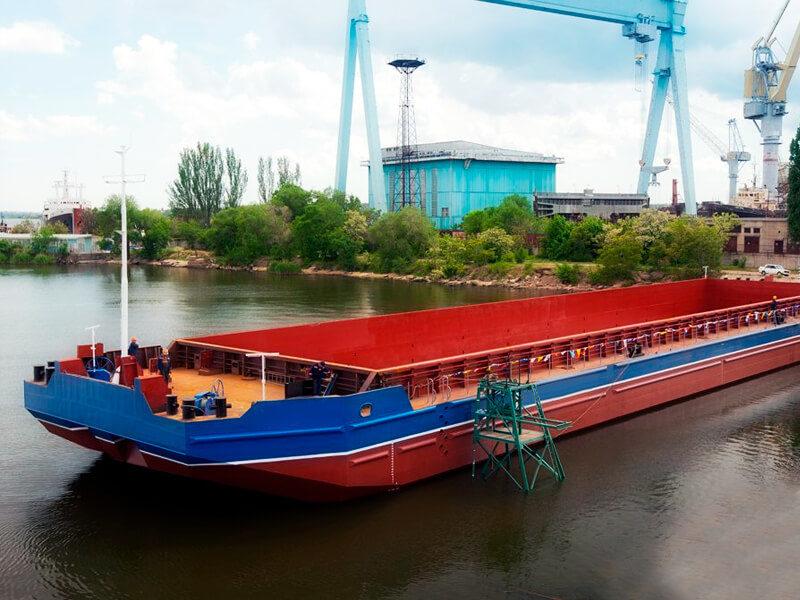History and Development
Barge transportation has historically played an important role in transporting goods throughout various regions. The earliest barges date back to ancient Mesopotamia around 4500 BC, where flat-bottomed boats were used to transport goods along canals, rivers, and coastal waters. During the Middle Ages, it grew substantially in Europe as rivers served as key trade routes. Larger barges pulled by horses or mules allowed for greater volumes of cargo to be moved efficiently.
In the 19th century, technological advancements like the introduction of steam-powered tugboats revolutionized barge transportation. Tugs could now move entire flotillas of barges at higher speeds. This development coincided with expansion of the canal system, including the Panama Canal which opened in 1914. The growth of inland waterways proliferated the barge industry in the early 20th century. It experienced further growth following World War II as demand rose for cost-effective bulk freight transportation.
Role of Barge Transportation Today
Modern Barge Transportation continues playing a vital economic and environmental role. Barges can carry significant payload volumes in a single trip, making them exceptionally fuel efficient for freight per ton-mile carried. On average, one gallon of fuel can move one ton of cargo 616 miles by barge versus 472 miles by truck.
It is most widely used to transport bulk commodities like coal, petroleum, grains, and aggregates. Over one billion tons of domestic cargo are shipped by barge annually in the US, accounting for about 12-14% of inland freight transportation. Key industries relying on barges include energy, agriculture, and construction.
Barges offer flexibile freight solutions, able to handle breakbulk and containerized cargo. They interconnect with other modes like pipelines, railways, and trucks to facilitate multi-modal shipment of goods across large distances. The inland waterways system traversed by barges includes over 12,000 miles of commercially navigable channels. Major waterways include the Mississippi River System, Gulf Intracoastal Waterway, Illinois River Waterway, Ohio River, and Columbia River.
Advantages and Limitations
Compared to other modes, barge transportation provides significant cost savings due to economics of scale. Large barge tows can replace hundreds of truck trips on highways. Barge freight rates are quite competitive for bulk commodities shipped over long distances averaging 400-1000 miles. Energy efficiency also helps lower transportation carbon footprint versus rail or road transport.
However, barges have limitations like dependence on waterway infrastructure maintenance by the US Army Corps of Engineers. Barge cargo is exposed to weather contingencies which can delay shipments. Not all origin-destination pairs have direct river/canal access suitable for barge transport. Consignments generally have to travel shorter distances by other modes to load/offload from barges.
Technology Updates
New technologies are helping address some challenges and optimize barge operations. Vessel tracking systems with GPS and AIS enable real-time monitoring of barge fleets. Logistic software coordinates multi-modal logistics with automated documentation and digital records. Advances in towboat design have augmented power and maneuverability for pushing larger barge tows at higher average speeds.
Modular container systems facilitate intermodal transfers compatibility between barges and other carriers Standardized ISO containers can be loaded directly from trucks, trains or ports onto barges and vice versa.Specialized dry and liquid bulk barges are also engineered for transporting commodities like crude oil, chemicals, grain and coal more efficiently.
Get More Insights on Barge Transpaortation
For Better Understanding, Choose preferred language-
About Author-
Vaagisha brings over three years of expertise as a content editor in the market research domain. Originally a creative writer, she discovered her passion for editing, combining her flair for writing with a meticulous eye for detail. Her ability to craft and refine compelling content makes her an invaluable asset in delivering polished and engaging write-ups.
(LinkedIn: https://www.linkedin.com/in/vaagisha-singh-8080b91)
